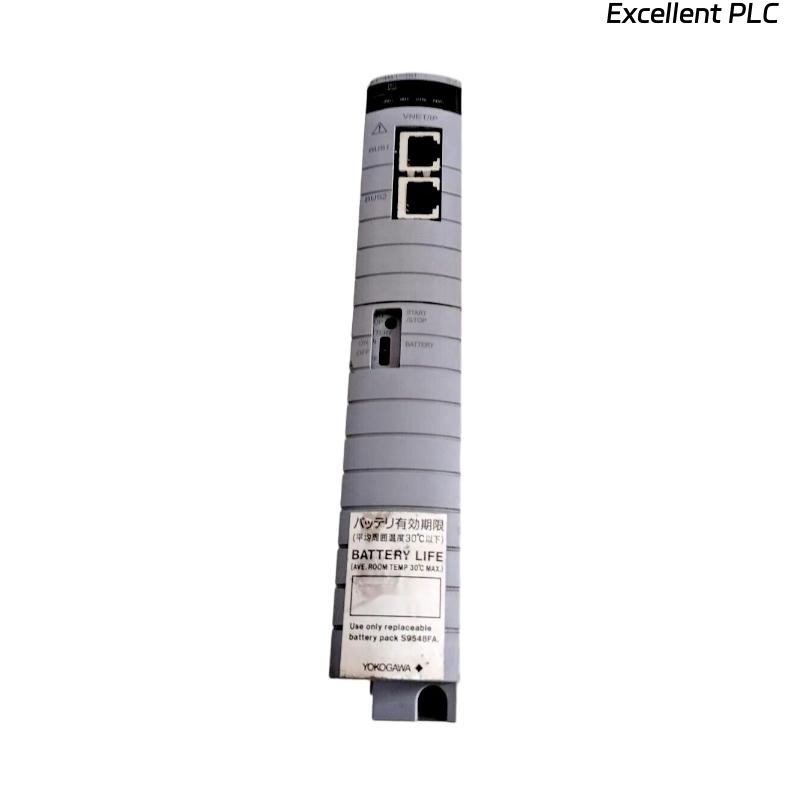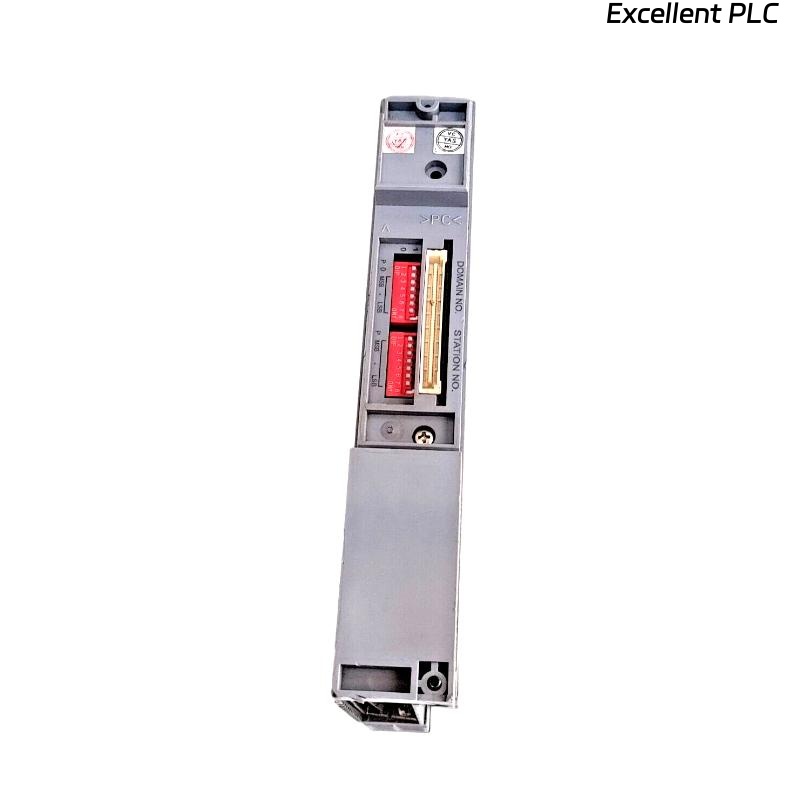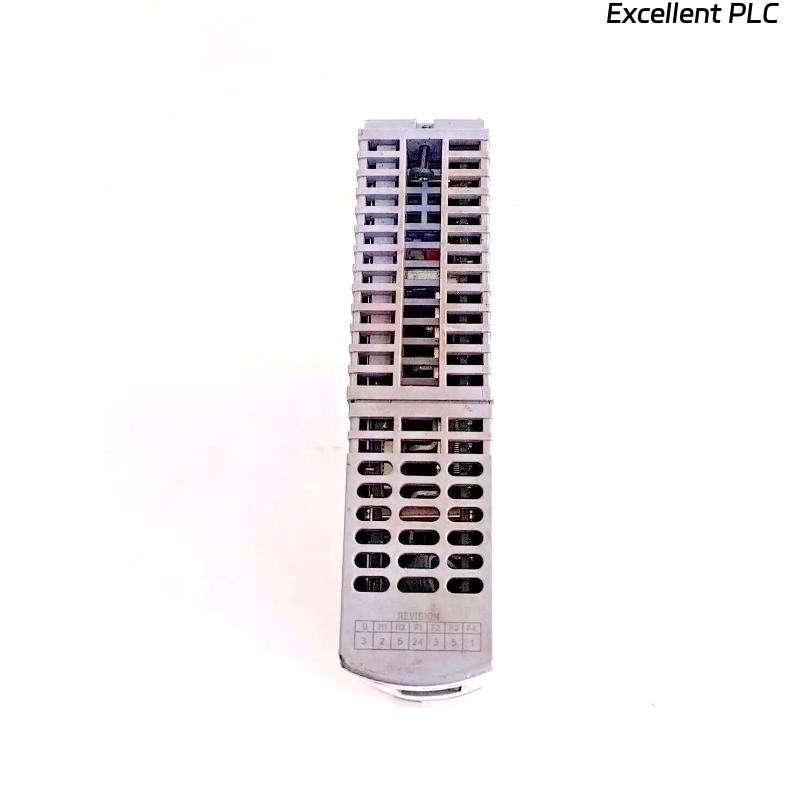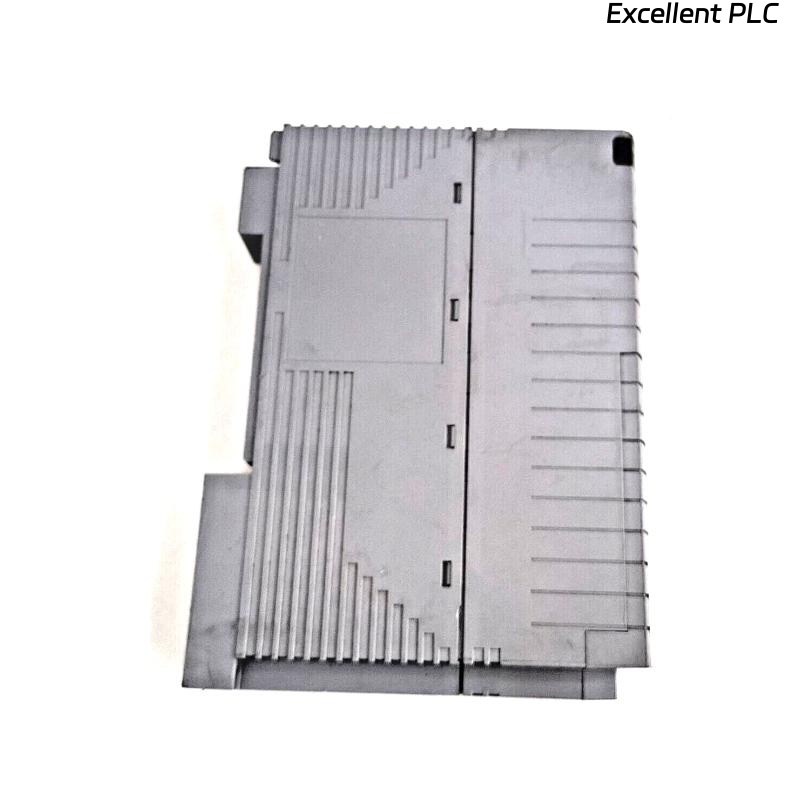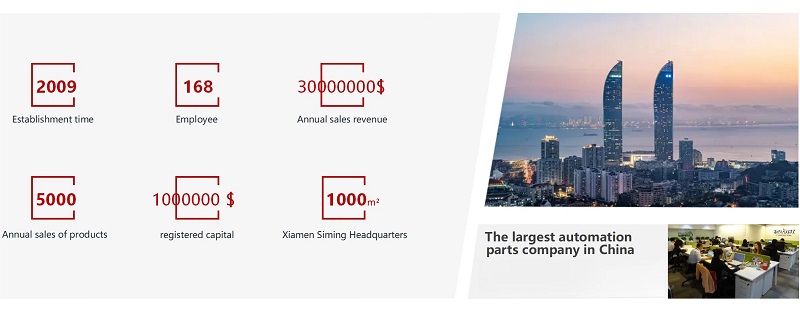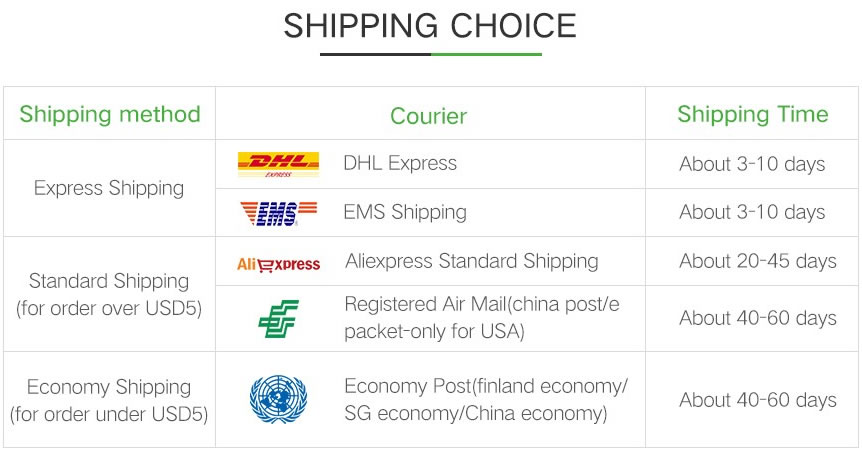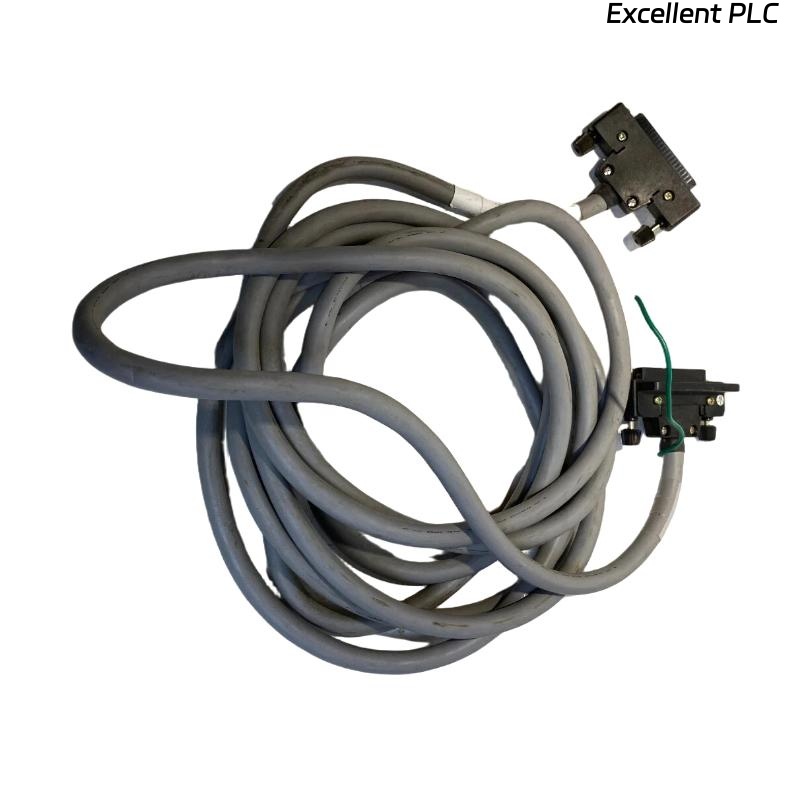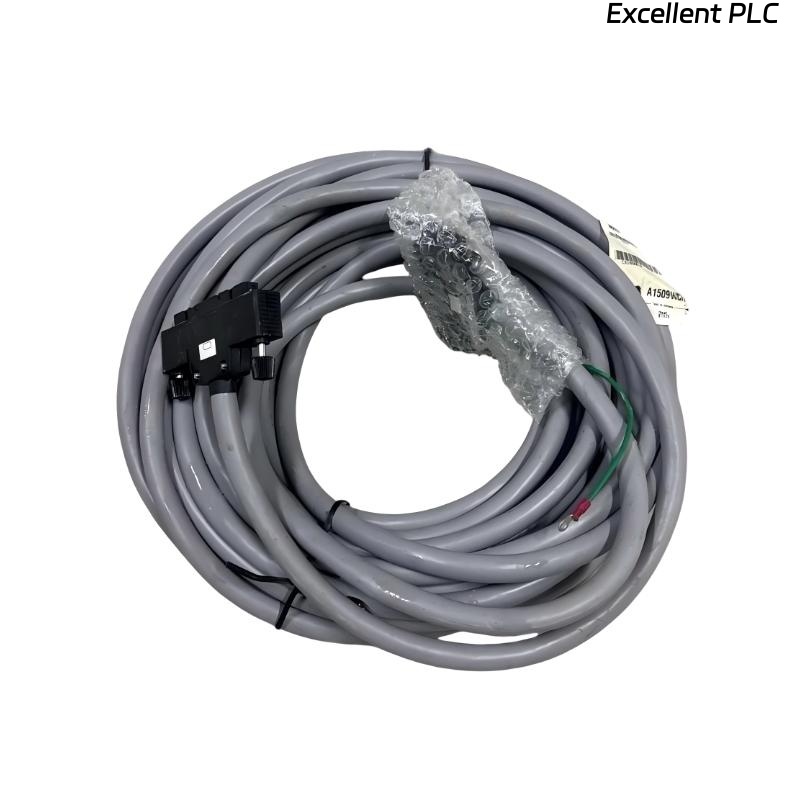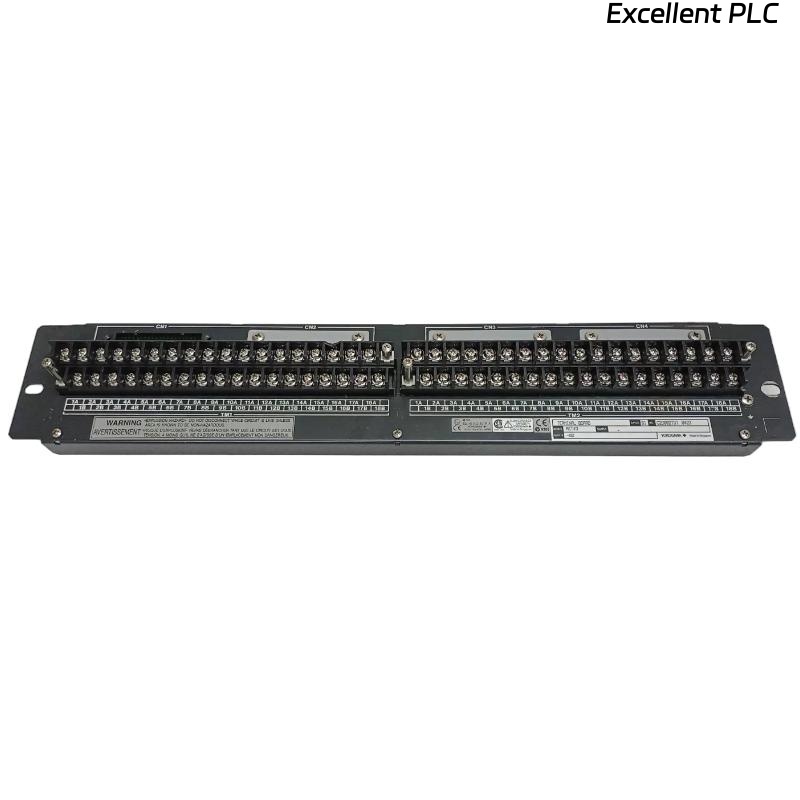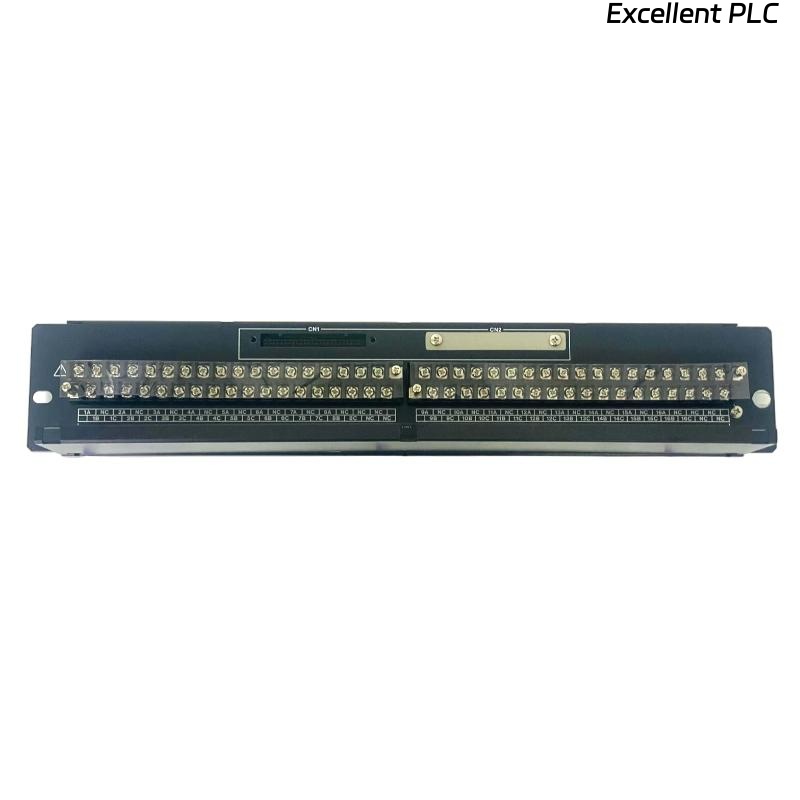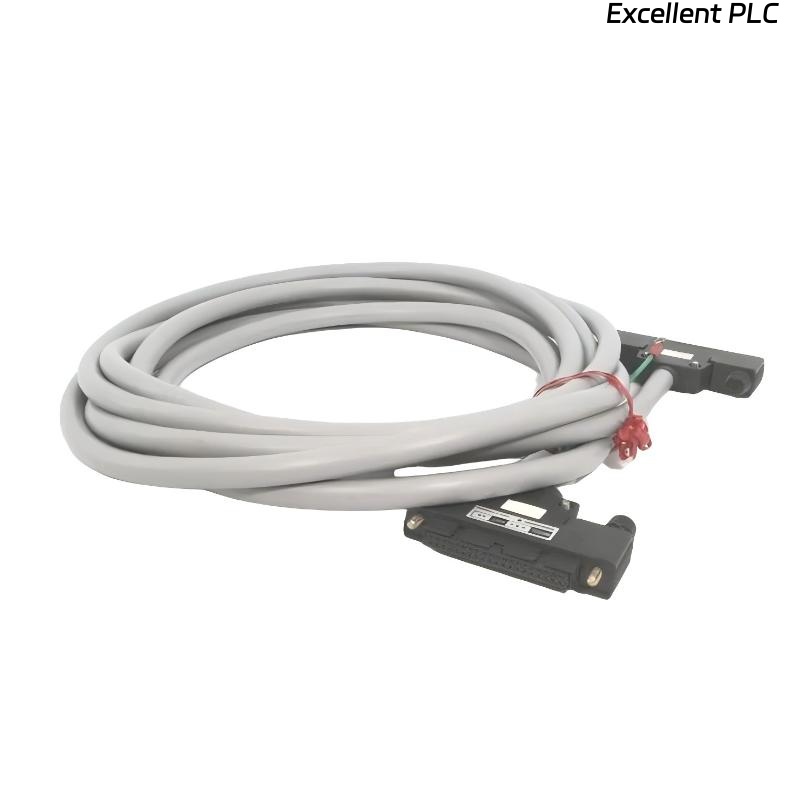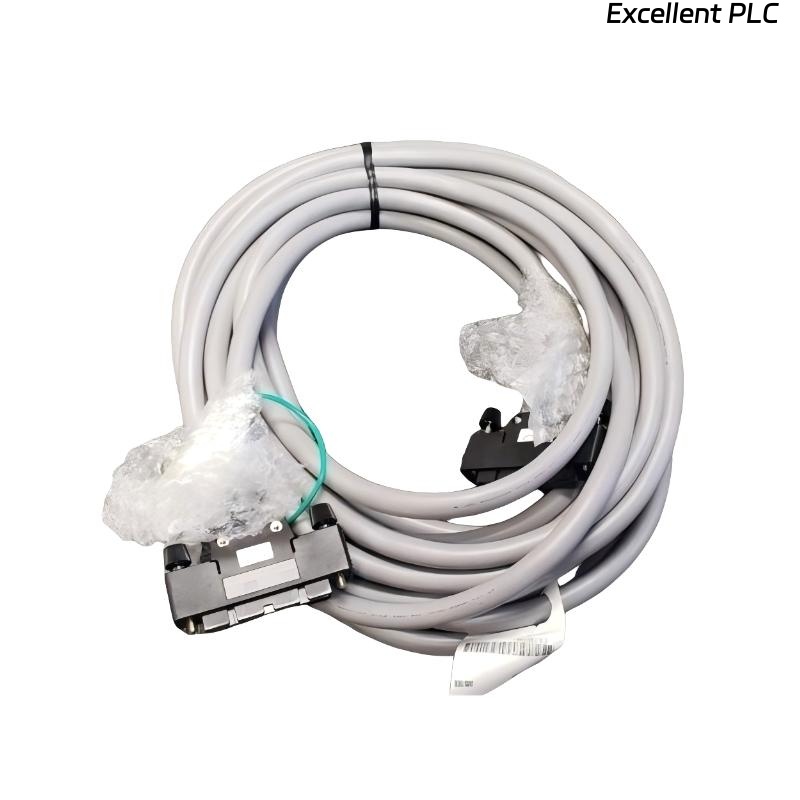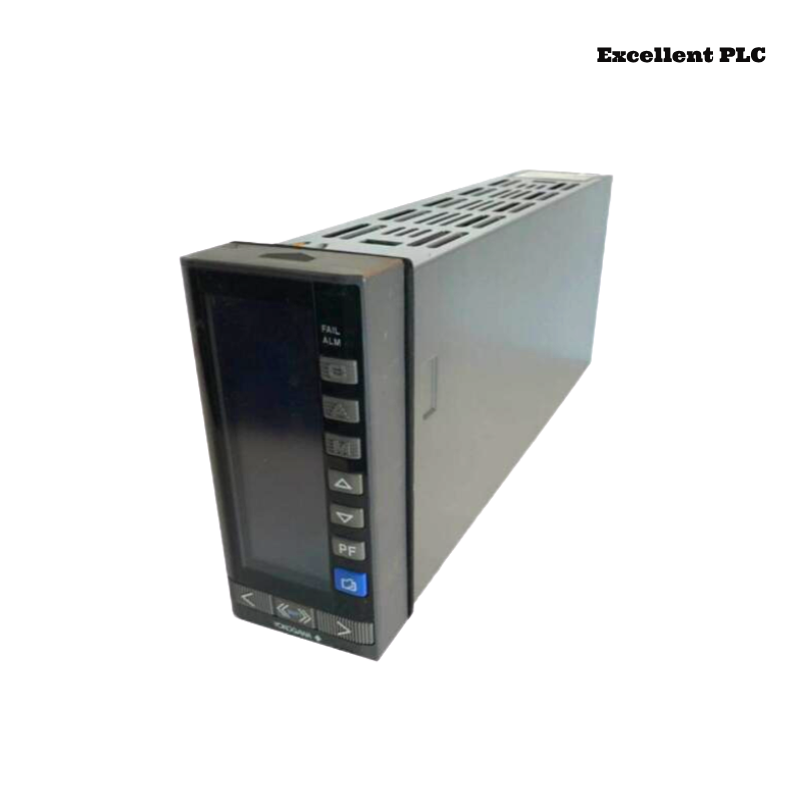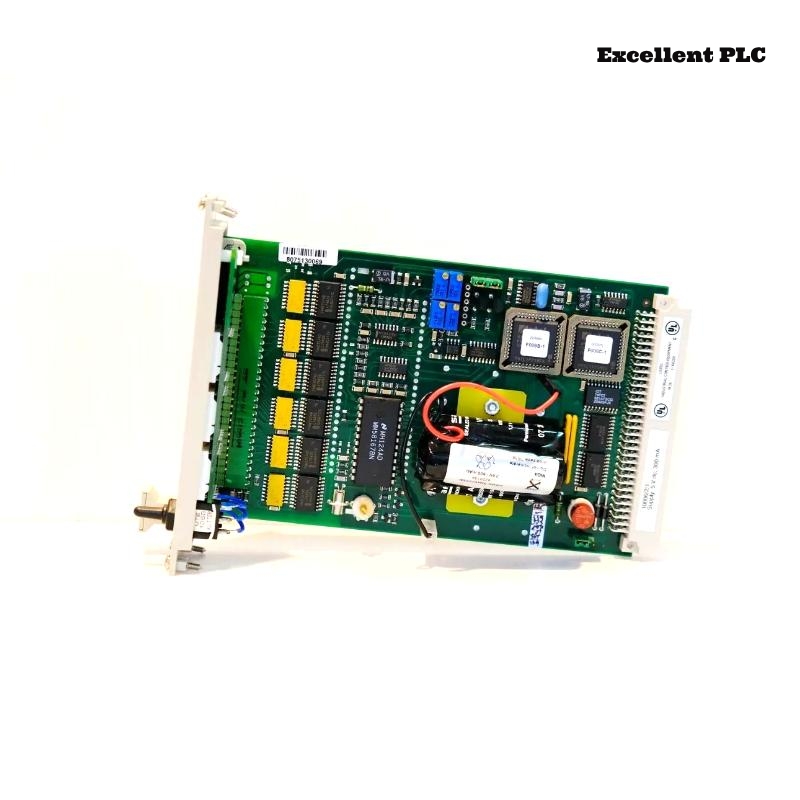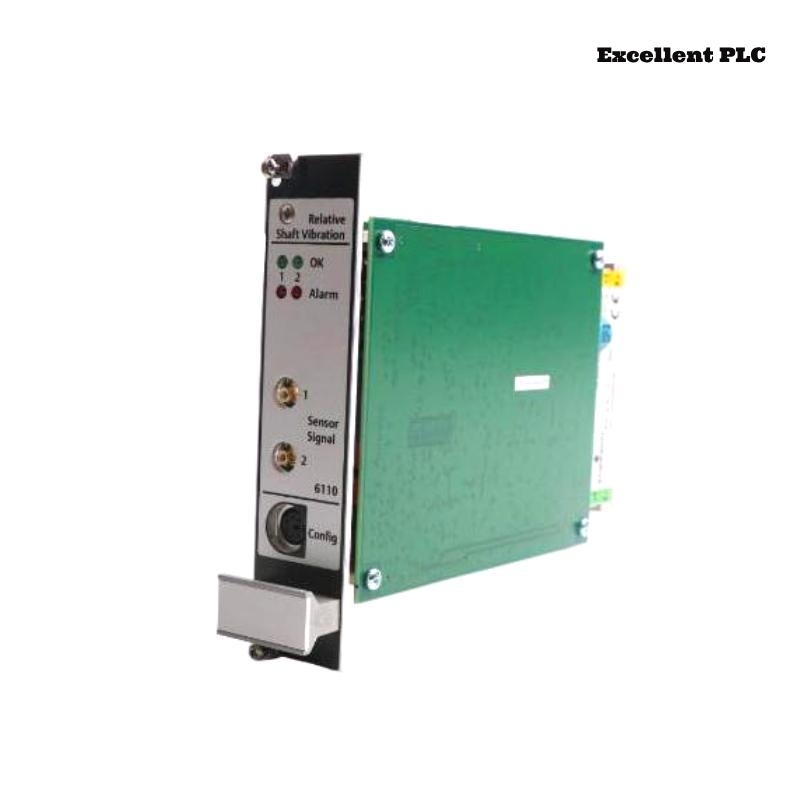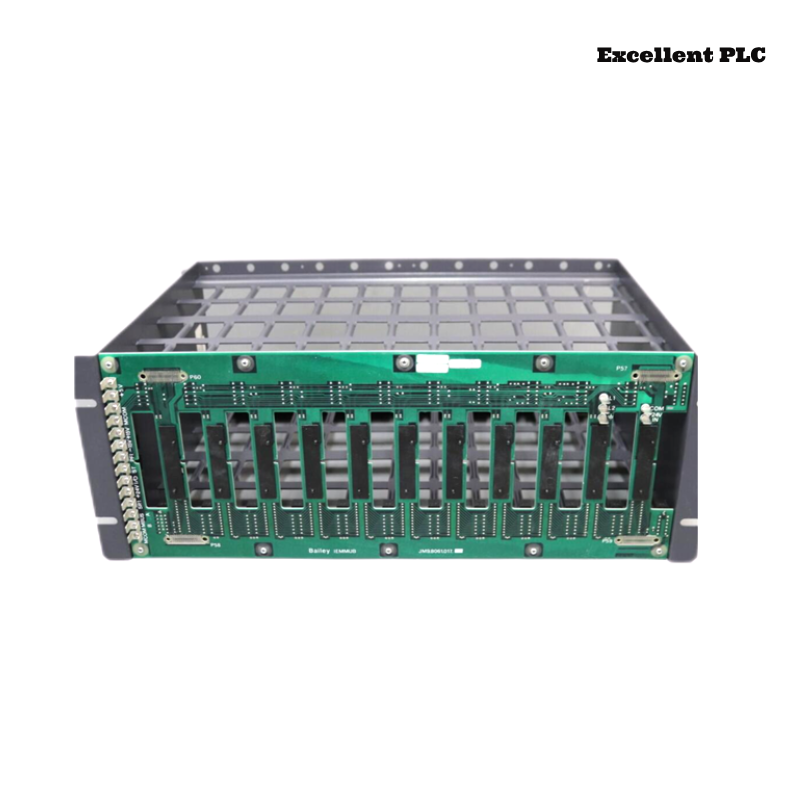| Company Information | ||||||||
| [email protected] | ||||||||
| Mobile | +8613666033393 | |||||||
| +8613666033393 | ||||||||
| 13666033393 | ||||||||
| Add | Room 1004, No. 62 Xiangxiu Li, Siming District, Xiamen City, Fujian Province, China | |||||||
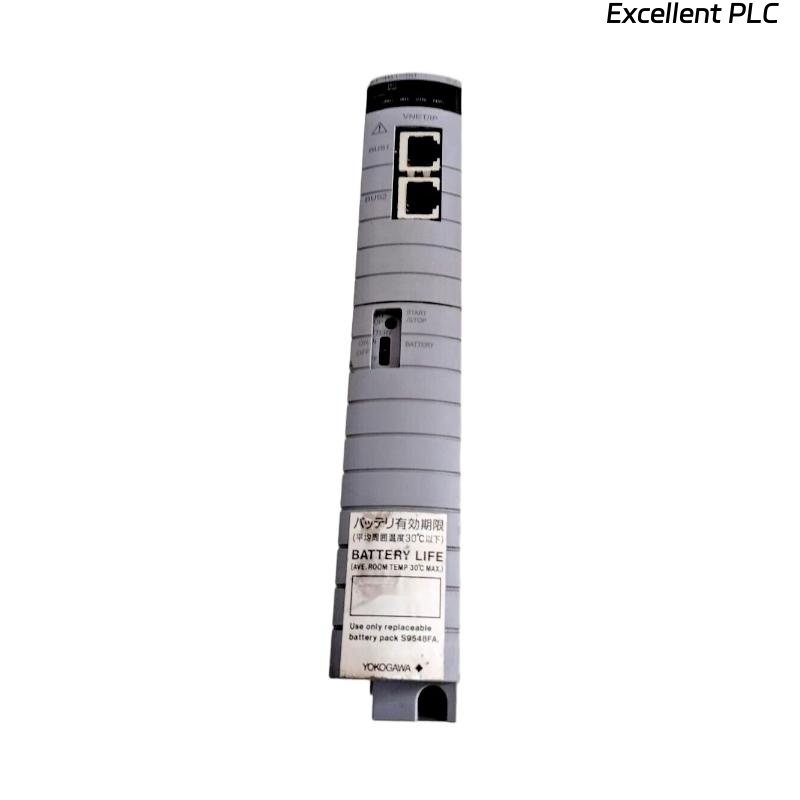
Product Overview
The Yokogawa CP461-50 S1 is a high-performance processor module designed for use in Yokogawa’s control systems. It ensures reliable processing power, robust system integration, and enhanced operational efficiency for critical industrial applications.
Technical Specifications
| Parameter | Value |
|---|---|
| Model | CP461-50 S1 |
| Type | Processor Module |
| Dimensions (W x H x D) | 32.8 x 149 x 199.5 mm |
| Weight | 0.7 kg |
| Power Supply | From base system backplane |
| Operating Temperature | 0 to 55 °C |
| Storage Temperature | -20 to 70 °C |
| Relative Humidity | 5 to 95% non-condensing |
| Mounting | Mounted on system rack |
| Function | Central processing & control |
FAQs
Q1: What is the main function of the CP461-50 S1 Processor Module?
A1: It serves as the central processing unit for Yokogawa’s control systems, executing logic, communication, and system control tasks.
Q2: Is the CP461-50 S1 compatible with legacy Yokogawa systems?
A2: Yes, it is designed for compatibility within the CENTUM series architecture, ensuring smooth integration with existing systems.
Q3: What communication protocols does this module support?
A3: It supports standard industrial protocols through the system backplane and configured I/O modules, enabling seamless connectivity.
Q4: How does the CP461-50 S1 ensure system reliability?
A4: It employs redundant architecture options, self-diagnostics, and error-checking mechanisms to maintain continuous operation.
Q5: What is the recommended operating environment?
A5: The module should operate in a controlled environment with a temperature range of 0–55 °C and relative humidity of 5–95%.
Q6: How is the CP461-50 S1 powered?
A6: It is powered through the system backplane, eliminating the need for a direct external power supply.
Q7: Can the CP461-50 S1 be hot-swapped during operation?
A7: In most system configurations, modules can be replaced with minimal downtime, depending on redundancy setup.
Q8: What diagnostic functions are available?
A8: The module features built-in diagnostics for hardware faults, communication errors, and system performance monitoring.
Q9: How does it contribute to system scalability?
A9: By adding processor modules, system capacity can be expanded to handle more I/O and complex process control requirements.
Q10: What industries typically use the CP461-50 S1?
A10: It is widely used in power generation, petrochemical plants, oil & gas, and manufacturing automation sectors.
Related and Similar Models
| Model | Type | Dimensions (mm) | Weight |
|---|---|---|---|
| CP451-10 | Processor Module | 32.8 x 149 x 199.5 | 0.7 kg |
| CP451-50 | Processor Module | 32.8 x 149 x 199.5 | 0.7 kg |
| CP461-10 | Processor Module | 32.8 x 149 x 199.5 | 0.7 kg |
| CP461-11 | Processor Module | 32.8 x 149 x 199.5 | 0.7 kg |
| CP461-51 | Processor Module | 32.8 x 149 x 199.5 | 0.7 kg |
| CP471-10 | Processor Module | 32.8 x 149 x 199.5 | 0.7 kg |
Popular Yokogawa Models
| Model | Type | Dimensions (mm) | Weight |
|---|---|---|---|
| AAI143-S50 | Analog Input Module | 27.2 x 130 x 156 | 0.4 kg |
| ADV151-P50 | Communication Module | 32.8 x 149 x 199.5 | 0.6 kg |
| AAI141-H50 | Analog Input Module | 27.2 x 130 x 156 | 0.4 kg |
| CP345 | Processor Module | 32.8 x 149 x 199.5 | 0.7 kg |
| AAR181-S50 | Analog Output Module | 27.2 x 130 x 156 | 0.4 kg |
| PW482-10 | Power Supply Module | 32.8 x 149 x 199.5 | 0.9 kg |
 Excellent PLC
Excellent PLC


